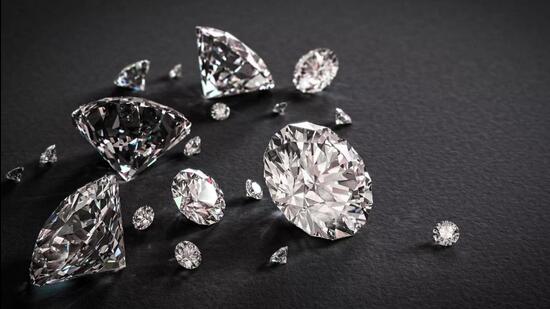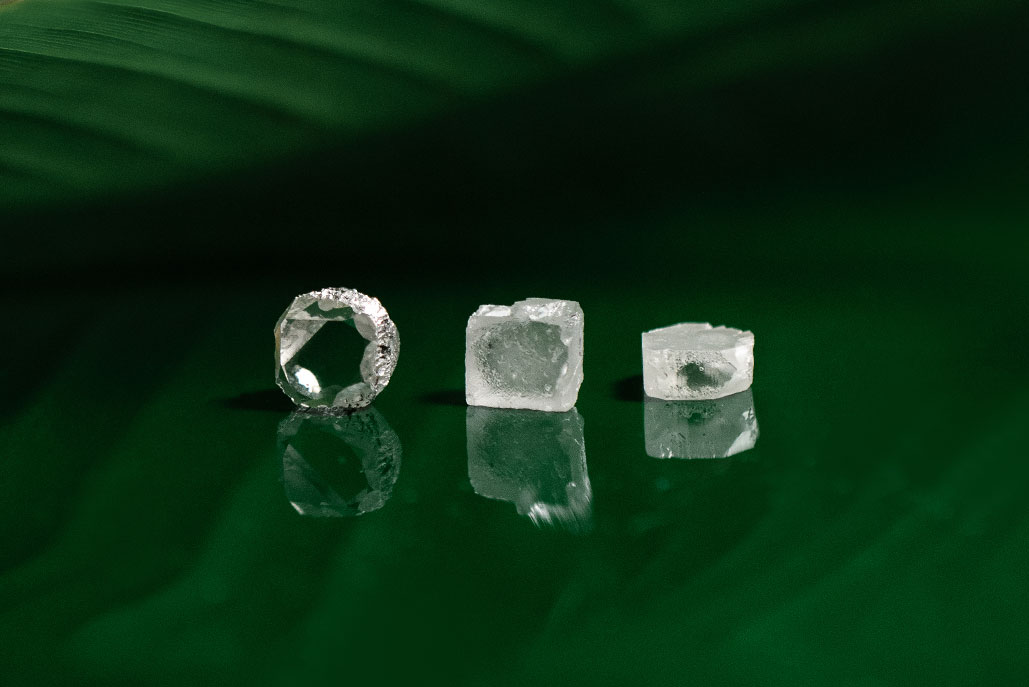In today’s ever-evolving world, technology continues to redefine the boundaries of what’s possible. One such innovation that has captivated the jewelry industry is the advent of lab grown diamonds. As consumers become more conscious of the environmental and ethical implications of their purchases, lab grown diamonds present an enticing alternative to traditional mined diamonds. In this comprehensive guide, we delve into the fascinating realm of lab grown diamonds, exploring their creation process, benefits, and impact on the jewelry market.
Understanding Lab Grown Diamonds: An Overview
What are Lab Grown Diamonds?
Lab grown diamonds, also known as synthetic or cultured diamonds, are created through advanced technological processes that replicate the natural conditions under which diamonds form in the earth’s crust. These diamonds exhibit the same chemical composition, crystal structure lab created diamonds, and optical properties as mined diamonds, making them indistinguishable to the naked eye.
The Creation Process
Lab grown diamonds are crafted using two primary methods: High Pressure High Temperature (HPHT) and Chemical Vapor Deposition (CVD).
High Pressure High Temperature (HPHT)
In the HPHT method, a small diamond seed is placed in a press where it is subjected to high pressure and temperature conditions akin to those found in the earth’s mantle. Carbon atoms are then deposited onto the seed, gradually building up layers to form a diamond crystal.
Chemical Vapor Deposition (CVD)
In the CVD process, a diamond seed is placed in a chamber filled with carbon-rich gases. These gases are ionized, breaking down the molecular bonds and depositing carbon atoms onto the seed, allowing the diamond to grow layer by layer.
Benefits of Lab Grown Diamonds
Ethical and Environmental Considerations
One of the most significant advantages of lab grown diamonds is their ethical and environmental sustainability. Unlike mined diamonds, which often involve destructive mining practices and contribute to environmental degradation, lab grown diamonds have a minimal impact on the planet. Additionally, they are free from the ethical concerns surrounding labor practices in diamond mines.
Quality and Value
Lab grown diamond offer exceptional quality and value, often at a lower price point than their mined counterparts. With advancements in technology, manufacturers can produce diamonds of consistent quality, clarity, and color, providing consumers with a wider range of options at competitive prices.
Conflict-Free Assurance
Another compelling benefit of lab grown diamonds is their assurance of being conflict-free. Mined diamonds have long been associated with conflicts and human rights abuses in regions where they are sourced. By choosing lab grown diamonds, consumers can support ethical practices and contribute to positive social impact.
The Growing Popularity of Lab Grown Diamonds
In recent years, lab grown diamonds have gained significant traction in the jewelry market, attracting a new generation of consumers seeking sustainable and socially responsible alternatives. Jewelry brands and retailers have responded to this demand by incorporating lab grown diamonds into their collections, offering customers a choice that aligns with their values.
Consumer Awareness and Education
As awareness of the environmental and ethical issues surrounding mined diamonds grows, so too does the interest in lab grown alternatives. Consumers are increasingly seeking transparency and information about the origins of their purchases, driving the demand for sustainable and ethically sourced products.
Innovation and Advancements
Advancements in technology continue to drive innovation in the production of lab grown diamonds, leading to improvements in quality, efficiency, and scalability. As manufacturing processes become more refined, lab grown diamonds are poised to become a mainstream choice for consumers worldwide.
Conclusion: Shaping the Future of the Jewelry Industry
In conclusion, lab grown diamonds represent a transformative shift in the jewelry industry, offering a sustainable, ethical, and high-quality alternative to mined diamonds. As consumer preferences evolve and awareness of the environmental and social impact of products increases, the demand for lab grown diamonds is expected to continue its upward trajectory. By choosing lab grown diamonds, consumers can make a conscious decision to support responsible practices and contribute to a brighter, more sustainable future for the planet.
In the words of renowned jeweler Tiffany & Co., “The future of diamonds is bright, and it’s lab grown.” As we embrace this new era of innovation and sustainability, the brilliance of lab grown diamonds shines ever brighter, illuminating a path towards a more ethical and environmentally conscious jewelry industry.






